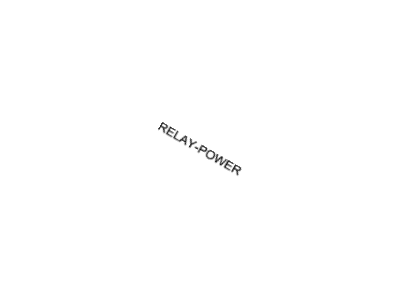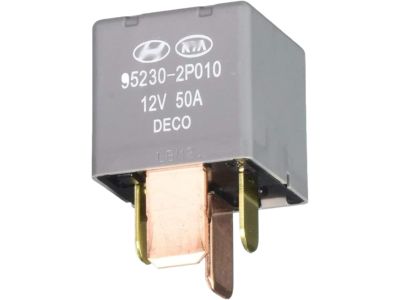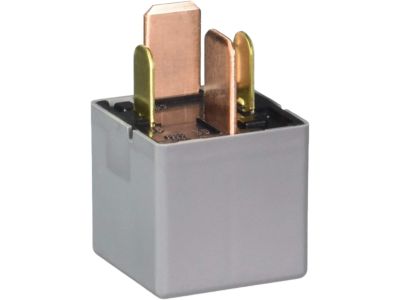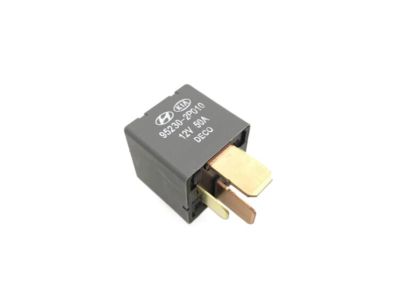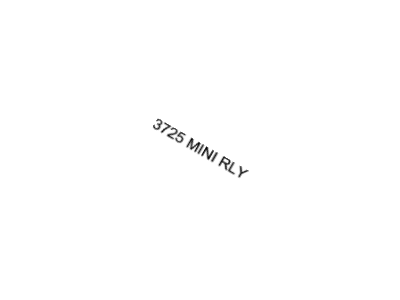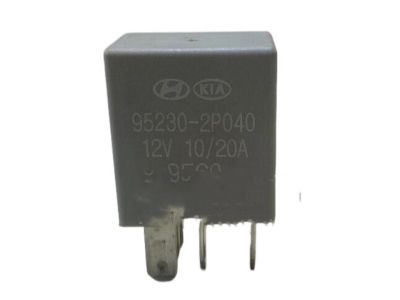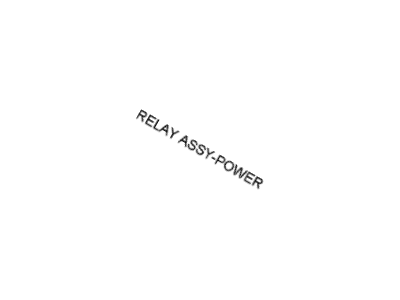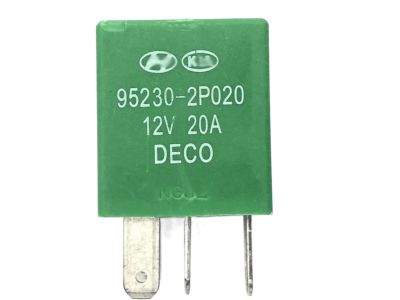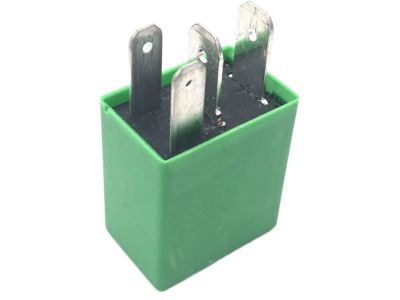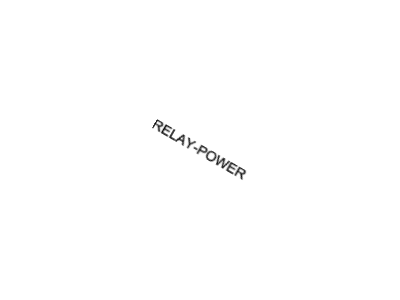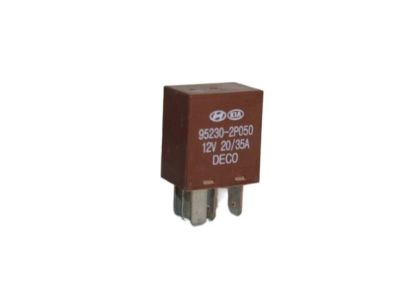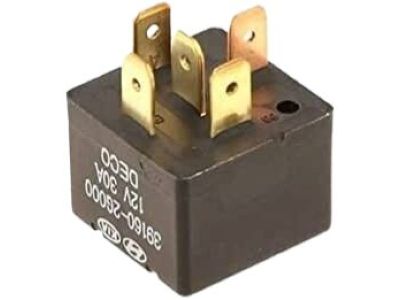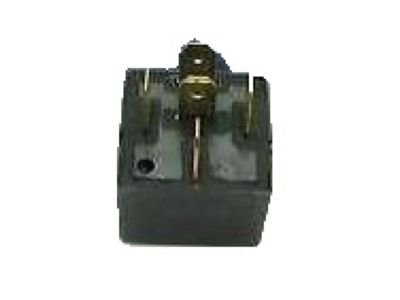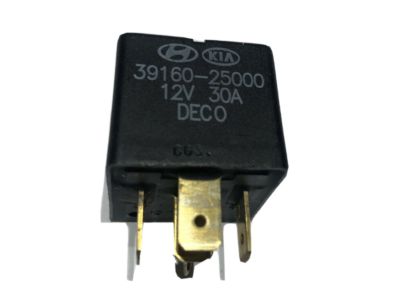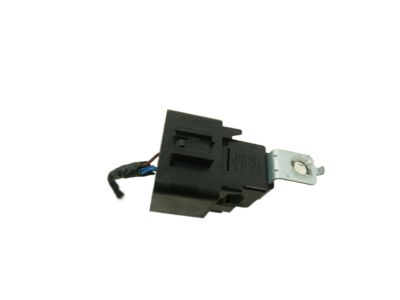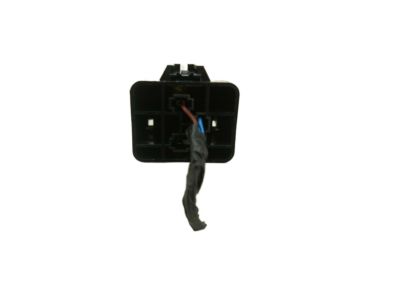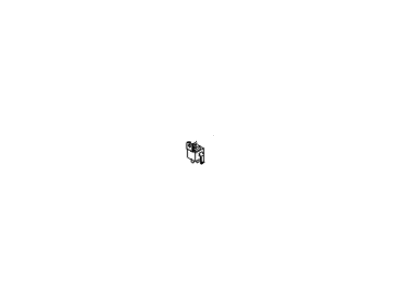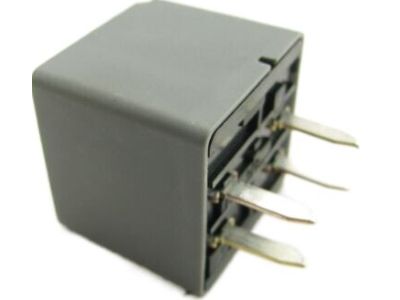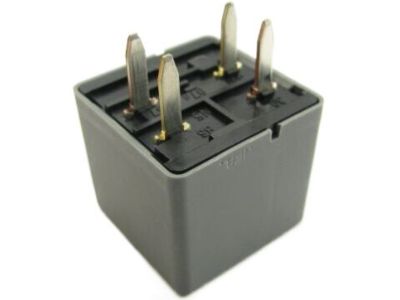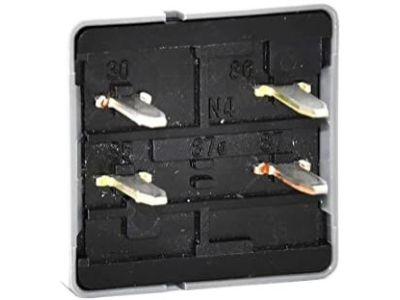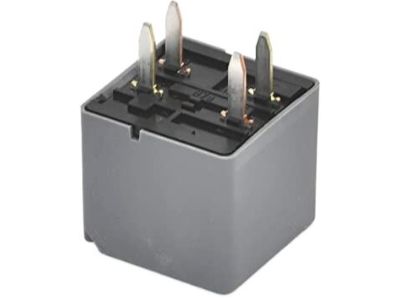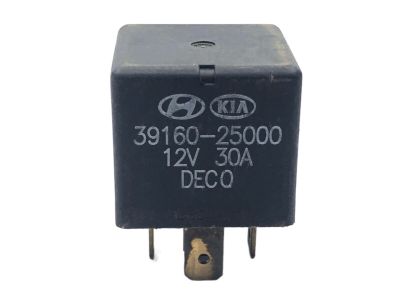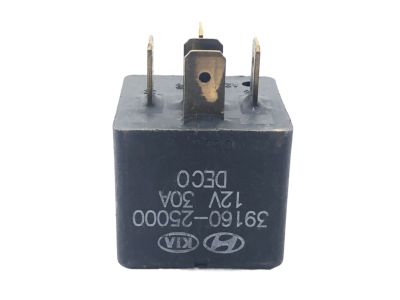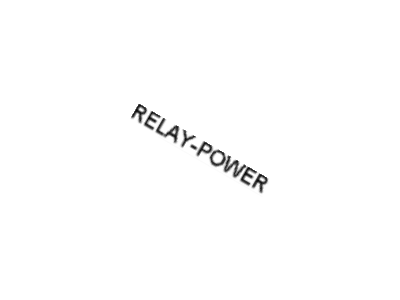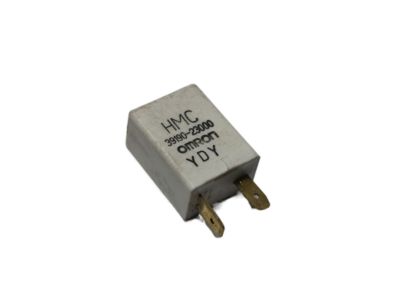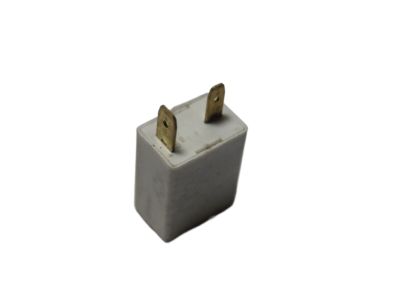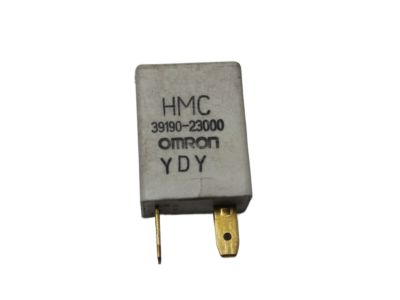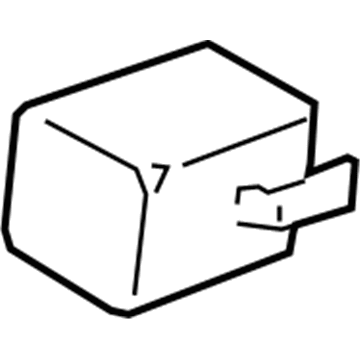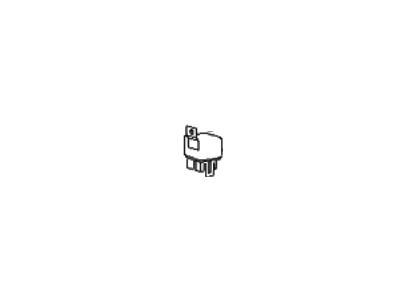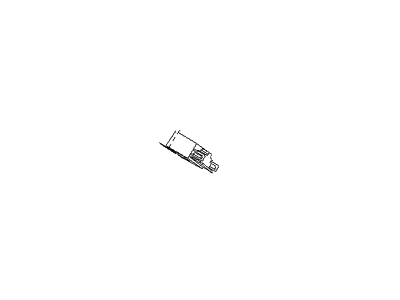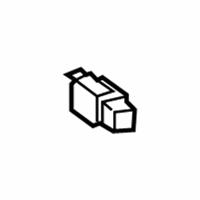×
- Hello
- Login or Register
- Quick Links
- Live Chat
- Track Order
- Parts Availability
- RMA
- Help Center
- Contact Us
- Shop for
- Kia Parts
- Kia Accessories

My Garage
My Account
Cart
Genuine Kia Optima Relay
Wire Relay- Select Vehicle by Model
- Select Vehicle by VIN
Select Vehicle by Model
orMake
Model
Year
Select Vehicle by VIN
For the most accurate results, select vehicle by your VIN (Vehicle Identification Number).
28 Relays found

Kia Optima Relay-Power
Part Number: 952302P030$13.37 MSRP: $18.80You Save: $5.43 (29%)Ships in 1-3 Business Days
Kia Optima Relay Assembly-Power
Part Number: 952302P010$16.42 MSRP: $23.10You Save: $6.68 (29%)Ships in 1-2 Business Days
Kia Optima Relay Assembly-Power
Part Number: 952302P040$16.59 MSRP: $23.34You Save: $6.75 (29%)Ships in 1-2 Business Days
Kia Optima Relay-Power
Part Number: 952302P020$16.59 MSRP: $23.34You Save: $6.75 (29%)Ships in 1-3 Business Days
Kia Optima Relay Assembly-Power
Part Number: 952302P050$14.43 MSRP: $19.55You Save: $5.12 (27%)Ships in 1-3 Business Days
Kia Optima Relay Assembly-Power
Part Number: 391602G000$23.29 MSRP: $32.75You Save: $9.46 (29%)Ships in 1-3 Business Days
Kia Optima Unit-Flasher
Part Number: 955502G000$29.42 MSRP: $41.39You Save: $11.97 (29%)Ships in 1-3 Business Days
Kia Optima Relay-Mini
Part Number: 9523038000$17.28 MSRP: $24.30You Save: $7.02 (29%)Ships in 1-3 Business Days
Kia Optima Relay-Power
Part Number: 3916025000$46.95 MSRP: $66.60You Save: $19.65 (30%)Ships in 1-3 Business Days
Kia Optima Resistor With Diode
Part Number: 3919023000$14.23 MSRP: $19.29You Save: $5.06 (27%)Ships in 1-3 Business DaysKia Optima Unit Assembly-FLASHER
Part Number: 9555039000$34.85 MSRP: $49.44You Save: $14.59 (30%)Ships in 1-3 Business DaysKia Optima Relay Assembly-Control
Part Number: 3916039200$35.75 MSRP: $48.84You Save: $13.09 (27%)Ships in 1-3 Business DaysKia Optima Relay Assembly-Stop Sign
Part Number: 952403S300$91.62 MSRP: $125.17You Save: $33.55 (27%)Ships in 1-3 Business DaysKia Optima Relay Assembly-Stop Sign
Part Number: 952352J200$77.92 MSRP: $106.45You Save: $28.53 (27%)Ships in 1-3 Business DaysKia Optima Relay Assembly-Power
Part Number: 9522429050$15.47 MSRP: $20.97You Save: $5.50 (27%)Ships in 1-3 Business DaysKia Optima Relay Assembly-Power
Part Number: 9522529050$18.86 MSRP: $25.55You Save: $6.69 (27%)Ships in 1-3 Business DaysKia Optima Relay Assembly-Power
Part Number: 9522538100$19.15 MSRP: $25.95You Save: $6.80 (27%)Ships in 1-3 Business DaysKia Optima Relay-Power
Part Number: 9523037500$22.50 MSRP: $31.65You Save: $9.15 (29%)Ships in 1-3 Business DaysKia Optima Relay-Power
Part Number: 9523038500$29.07 MSRP: $40.89You Save: $11.82 (29%)Ships in 1-3 Business Days
| Page 1 of 2 |Next >
1-20 of 28 Results
Kia Optima Relay
If you're in search of top-notch, reasonably priced OEM Kia Optima Relay, then you've found the perfect spot. Our website boasts an extensive inventory of Kia Optima Relay, all priced at the market's premier price. Rest assured, every genuine part we offer comes with a warranty straight from the manufacturer.
Kia Optima Relay Parts Questions & Experts Answers
- Q: What are the functions and testing procedures for relays in Kia Optima electrical systems?A:Some of the electrical appliances in the vehicle that applies relay include the fuel injection system Horns, starter and fog lamps where a relay is used to switch the signal to the appliance. Relays switch a low current control circuit to cause an opening and closing of a high current power circuit. If there is a defective relay then it means that that certain component connected to the relay will not work accordingly. Majority of relays are confined to the engine compartment fuse/relay box and few specific relays are to be found in the under hood box mounted near the fender. In the case of a suspect relay, it can be replaced, which requires knowing a particular procedure or visiting a dealer service department or repair shop, and relay failures are expected to be a group of relays. The circuit that is managed by the relay can be scratched on the upper part of the relay while other numbers may be written on a decal or the imprint at the inner portion of the relay cover. The checks consist of verifying correct connections with the wiring diagrams; if the latter are unclear, then additional information can help understand the test connections. There are four fundamental categories of relays; including, and not limited to normally open and normally closed relays. Usually, the two terminals are assigned for the relay control circuit, which connects to the relay coil and other two terminals are used for power circuit that connected when the control circuit is activated. There may also be markings on the relays to facilitate identification or the control and power circuit terminal locations. To check a relay, ohmmeter should be connected across the power circuit terminal and no point continuity should be obtained. In a typical normally open four terminal relay, continuity should exist when the relay is on and on the other hand, it should not exist when the relay is off. To get polarity right, touch the fused jumper wire to one of the control circuit terminals then touch this terminal to the positive battery terminal; with another jumper touch the ground from the other terminal of the control circuit; There should be a click sound, and continuity should be present. If polarity is important, the wires may have to be cross connected and the correct position of the jumper wires could be as follows. If the relay does not pass the test it means it should be replace.

